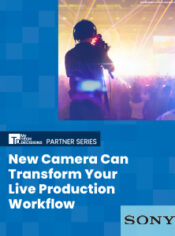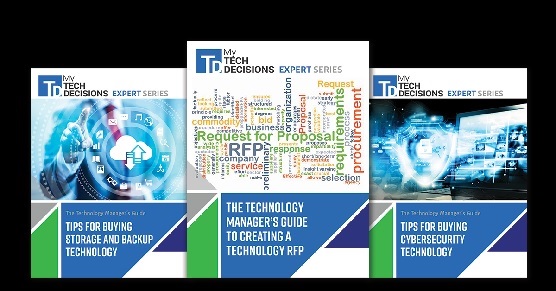Look Ma, No Glasses
Adding smartphone content is just one way to teach old-school signage solutions new tricks, however. Adding sound is another. People have been doing that for years, but only in settings where no one was likely to complain about the noise. These days, “directional audio” systems like HyperSound, from San Diego-based Turtle Beach Corp., are enabling signage providers to create soundtracks that only people standing in front of a display and within a limited range can hear.
“It’s a phenomenal product,” says Ault, who recently used it in a solution at a technical academy. Installed in a student common area, the system broadcasts information about the school to campus visitors without disturbing people studying or talking nearby. Better yet, Ault adds, HyperSound is reasonably priced and easy to use.
Opinions about another emerging technology, by contrast—so-called “glasses-free” 3-D signage solutions—are decidedly more mixed. “It’s a good tool for creating that ‘wow’ factor,” Ali says, but has serious drawbacks as well. For starters, suitable content is in short supply, and what little there is costs a bundle, as do most 3-D displays at present. Worse yet, some people find looking at 3-D images a dizzying eye strain.










Leave a Reply